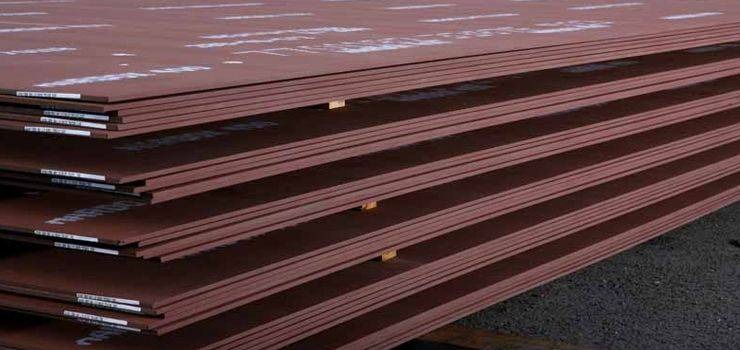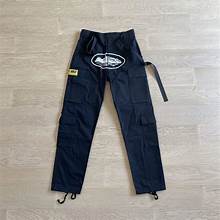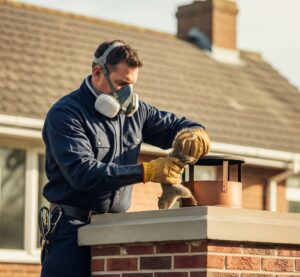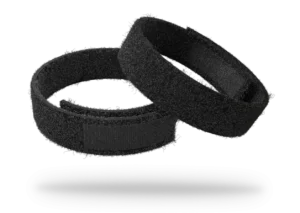
When it comes to heavy-duty industrial wear and abrasion resistance, AR 450 Plates have carved out a significant niche. But what exactly are these plates, why are they so widely used, and what makes them the go-to choice for numerous industries? In this article, we’ll explore everything you need to know about AR 450 Plates—starting from their definition, key features, and benefits to their extensive industrial applications.
Understanding AR 450 Plates
AR 450 Plates, also known as Abrasion Resistant 450 steel plates, are high-strength, wear-resistant steel plates specially designed to withstand extreme abrasion and impact. The “450” in their name refers to their Brinell hardness rating, which is typically around 450 HBW (Brinell Hardness Number), making these plates highly durable and resistant to surface wear.
Manufactured using advanced steelmaking and heat treatment processes, AR 450 Plates offer a unique combination of hardness and toughness. This balance allows them to resist wear without being brittle, ensuring longevity even in harsh environments.
What Does Abrasion Resistance Mean?
Before diving deeper, it’s crucial to understand abrasion resistance. Abrasion refers to the mechanical process of scraping, wearing, or rubbing against a material’s surface, leading to gradual material loss. In industries like mining, construction, and manufacturing, where equipment faces constant friction, abrasion resistance is vital to prolong equipment life and reduce maintenance costs.
AR 450 Plates are engineered to combat this wear effectively, ensuring operational efficiency and durability.
Key Features of AR 450 Plates
AR 450 Plates have several distinct characteristics that make them invaluable in industrial applications. Here are some of the critical features that stand out:
1. High Hardness
The primary feature of AR 450 Plates is their high surface hardness, generally around 450 HBW. This high hardness is crucial for resisting abrasion and surface wear, ensuring that the plates last longer than conventional steel plates under similar conditions.
2. Excellent Toughness
While hardness is essential, toughness prevents the plate from becoming brittle and cracking under impact. AR 450 Plates maintain an excellent balance between hardness and toughness, allowing them to absorb shocks without fracturing.
3. Wear Resistance
Due to their hardened surface, AR 450 Plates exhibit superior wear resistance, making them ideal for use in environments where materials are subjected to constant friction and impact.
4. Good Weldability
Despite their high hardness, AR 450 Plates can be welded using appropriate techniques, which is crucial for fabricating or repairing machinery parts on-site.
5. Good Impact Resistance
In addition to abrasion resistance, these plates can withstand impacts, making them perfect for equipment exposed to both wear and shock.
6. Corrosion Resistance
Although not stainless steel, AR 450 Plates offer reasonable corrosion resistance. However, for environments prone to rust, additional surface treatments or coatings might be necessary.
Technical Specifications of AR 450 Plates
To better understand what makes AR 450 Plates stand out, here are some technical highlights:
| Property | Specification |
|---|---|
| Hardness | Approximately 450 HBW |
| Tensile Strength | Typically 1100-1300 MPa |
| Yield Strength | Around 900-1100 MPa |
| Elongation | 10-15% (varies by manufacturer) |
| Thickness Range | 6mm to 150mm or more |
| Common Grades | AR 450, AR 400 (comparison) |
How Are AR 450 Plates Made?
The manufacturing process of AR 450 Plates involves several precise steps to ensure their high-performance characteristics:
-
Steel Casting: The base steel is melted and cast with specific alloying elements to achieve the desired chemical composition.
-
Hot Rolling: The cast steel undergoes hot rolling to shape the plates and refine the grain structure.
-
Quenching and Tempering: This heat treatment process is critical. The plate is rapidly cooled (quenched) to increase hardness and then tempered to improve toughness.
-
Surface Treatment: Some plates may receive additional surface treatments to enhance wear or corrosion resistance.
Industrial Applications of AR 450 Plates
The unique properties of AR 450 Plates have made them indispensable across many industrial sectors. Here’s a detailed look at where and why these plates are used:
1. Mining Industry
Mining equipment faces some of the harshest conditions on earth. AR 450 Plates are used in:
-
Dump truck bodies and liners to resist rock and debris abrasion.
-
Conveyor chutes and feeders that transport abrasive ores.
-
Crusher parts and screens that endure continuous impact and wear.
Using AR 450 Plates in mining equipment helps reduce downtime and maintenance costs while extending equipment life.
2. Construction and Earthmoving
In construction, machines like bulldozers, excavators, and loaders are constantly exposed to abrasive materials like soil, rocks, and debris. AR 450 Plates are commonly used for:
-
Bucket liners
-
Wear plates on cutting edges
-
Chassis protection
Their wear resistance protects machinery from premature wear and tear, improving operational efficiency.
3. Agriculture
Farming equipment such as plows, harvesters, and tillers often work with abrasive soil and rocks. AR 450 Plates are used to reinforce parts like blades and bucket liners, helping equipment last longer and perform better.
4. Material Handling
Industries involved in handling bulk materials, such as cement plants, steel mills, and power plants, use AR 450 Plates in:
-
Hoppers
-
Chutes
-
Bins
These plates protect against abrasion from materials like coal, cement, and steel slag.
5. Defense and Security
AR 450 Plates are also used in ballistic armor and protective shields due to their high hardness and impact resistance, though specialized ballistic-grade plates may be preferred for some applications.
Advantages of Using AR 450 Plates
Choosing AR 450 Plates brings numerous advantages to industrial operations:
-
Reduced Maintenance: High wear resistance means less frequent replacements and repairs.
-
Cost Efficiency: Although initially more expensive, AR 450 Plates reduce long-term costs by increasing the lifespan of equipment.
-
Enhanced Safety: Tougher equipment reduces the risk of failures and accidents.
-
Versatility: Suitable for welding and fabrication, allowing for customized applications.
-
Improved Productivity: Machines equipped with AR 450 Plates operate more reliably under abrasive conditions.
How to Select the Right AR Plate?
While AR 450 Plates are widely used, there are other abrasion-resistant steels, such as AR 400 or AR 500. Here are some tips to select the right plate:
-
Evaluate Abrasion Levels: For moderate wear, AR 400 might suffice; for severe abrasion, AR 450 or higher is preferred.
-
Consider Impact Conditions: If heavy impact is common, balance hardness with toughness.
-
Check Thickness: Thicker plates offer better resistance but add weight.
-
Consult Manufacturer Specs: Always refer to detailed product data sheets for precise properties.
Conclusion
AR 450 Plates are a cornerstone in industries where abrasion and wear are daily challenges. Their exceptional hardness, toughness, and wear resistance make them ideal for mining, construction, agriculture, material handling, and even defense applications.
By understanding their key features and applications, industries can make informed decisions that enhance equipment longevity, reduce operational costs, and improve safety.





